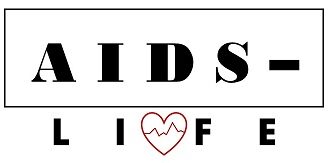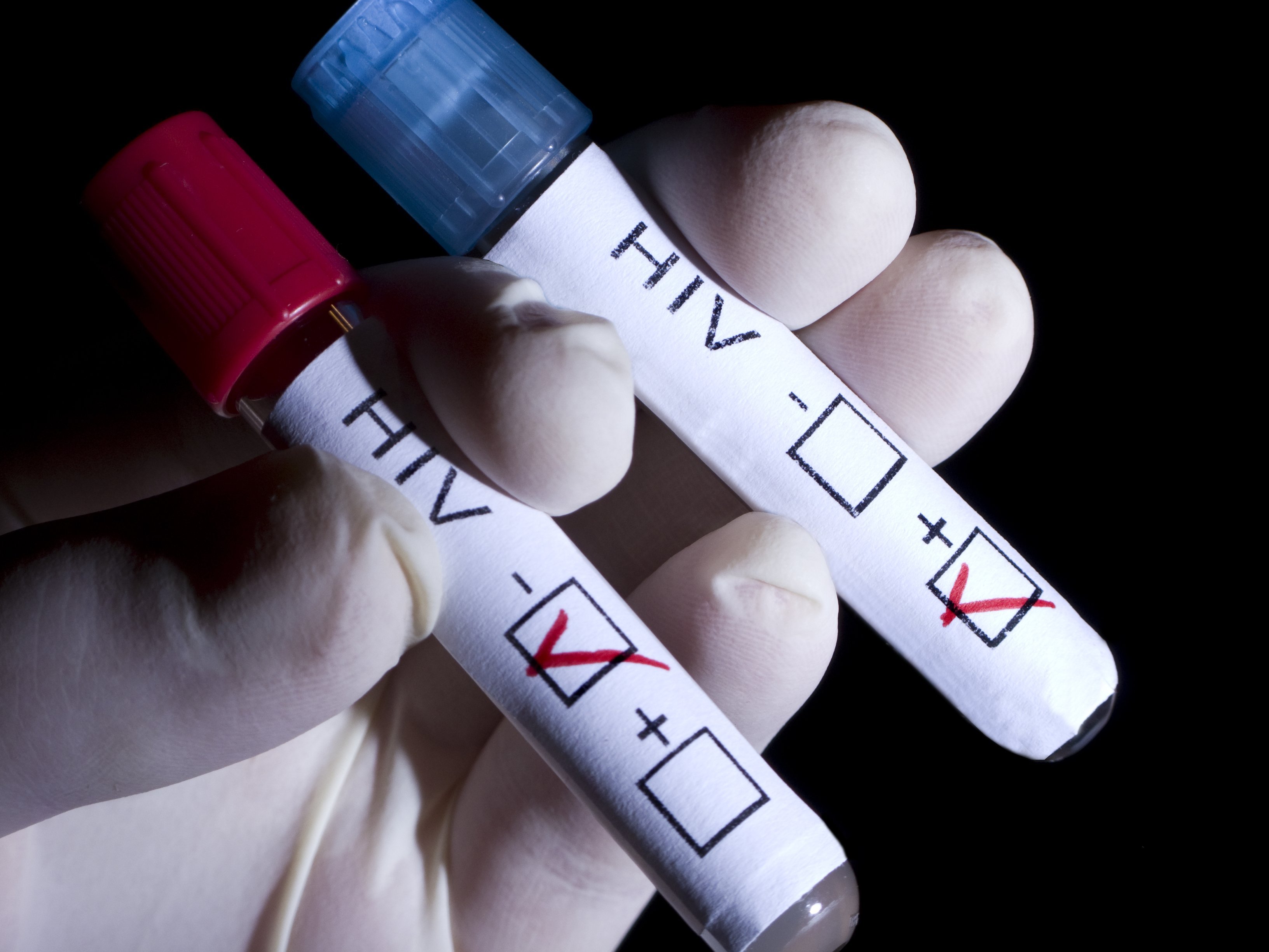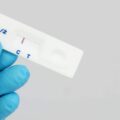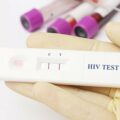Symptoms and stages of HIV. Is it possible to identify HIV by the first symptoms?
- There are three stages of HIV infection. Symptoms vary in type and severity from person to person;
- Stage 1 HIV: after HIV enters the body of a healthy person, some people may experience symptoms similar to the common flu;
- Stage 2 HIV can last 10 years or more;
- Stage 3 HIV: the person’s immune system is very damaged and can no longer fight serious infections and diseases;
- The earlier a person is diagnosed with HIV and begins treatment, the greater their chances of living a fulfilling life in the long term;
- Some people have no symptoms at all in the early stages of HIV, but can already transmit the virus to others. This is why HIV is often transmitted by people who are unaware of their HIV-positive status.

Early symptoms of HIV at stage 1
About 1 to 4 weeks after infection, some people experience the first flu-like symptoms of HIV They may not last long (a week or two) or may not appear at all. If you feel such symptoms, this does not indicate that you really have HIV.
To accurately diagnose HIV infection, it is necessary to regularly visit medical institutions and undergo periodic tests, especially if you suspect a risk of HIV infection. Remember that in some people the disease may not manifest itself at all for several years.
Symptoms of HIV at stage 1 may be as follows:
- fever (increased body temperature);
- rash on the body;
- a sore throat;
- swollen tonsils;
- headache;
- stomach upset;
- pain in joints and muscles.

The occurrence of these HIV symptoms is due to the body reacting to the virus. Cells infected with HIV circulate throughout the circulatory system. In response, your immune system tries to fight off the virus by producing antibodies to HIV, a process called seroconversion . The timing of this process is individual for each person, but after the human immunodeficiency virus has entered the body, seroconversion may take up to several months.
Often, at the early stage of infection it is impossible to know the exact result of an HIV test (read our article about “window periods” ), but already at this moment the level of immunodeficiency virus in a person’s blood is quite high and can be transmitted to other people.
Since you may not know that you (or your partner) has HIV, condoms are the best way to protect yourself and your partner during sex. Using a condom is especially important if you suspect you have been exposed to HIV.

Stage 2: Asymptomatic stage
After a person has passed the stage of acute primary infection and the process of seroconversion, his health can improve significantly. After the initial impact of the virus on the human body, HIV can enter a stage called clinically latent infection.

In fact, HIV may not cause any other symptoms for 10 or even 15 years (depending on age and overall health). However, the virus will still be active, infecting new cells and making copies of itself. Also, at this stage, HIV can still be transmitted to other people. However, if retroviral treatment , over time, HIV infection will cause serious damage to the immune system.

Stage 3: symptomatic HIV infection
At the third stage of HIV infection, the person’s immune system is already seriously damaged. At this point, the HIV-infected person is more likely to develop serious infections or bacterial and fungal diseases that will be extremely difficult for the body to overcome. Such infections are called " opportunistic infections ".
Symptoms of late stage HIV may include:
- weight loss;
- chronic diarrhea;
- night sweats;
- fever;
- persistent cough;
- problems with the oral cavity and skin;
- persistent infections;
- serious illnesses.
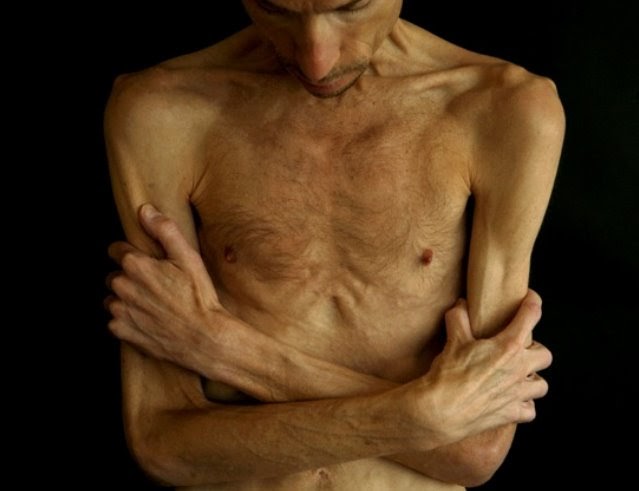
If a person develops serious opportunistic infections or diseases due to advanced stage 3 HIV, AIDS is diagnosed.

AIDS - the last stage of HIV
According to numerous studies, the level of CD4 cells in a person's body indicates that HIV has reached its final stage. A drop in CD4 count below 200 cells/mm3 of blood is considered a sign of AIDS . The normal range is considered to be from 500 to 1600 cells/ mm3 .
AIDS can be diagnosed using a blood test to measure CD4. In addition, the presence of AIDS is determined by the general health of a person. In particular, the occurrence of infections that are rare in people who do not have HIV may indicate AIDS.
Symptoms of AIDS may include:
- constant high body temperature (above 37.8°C);
- severe chills and night sweats;
- white spots in the mouth;
- genital or anal sores;
- severe fatigue;
- a rash that may be brown, red, purple, or pink;
- regular cough and breathing problems;
- significant weight loss;
- constant headaches;
- memory problems;
- pneumonia.
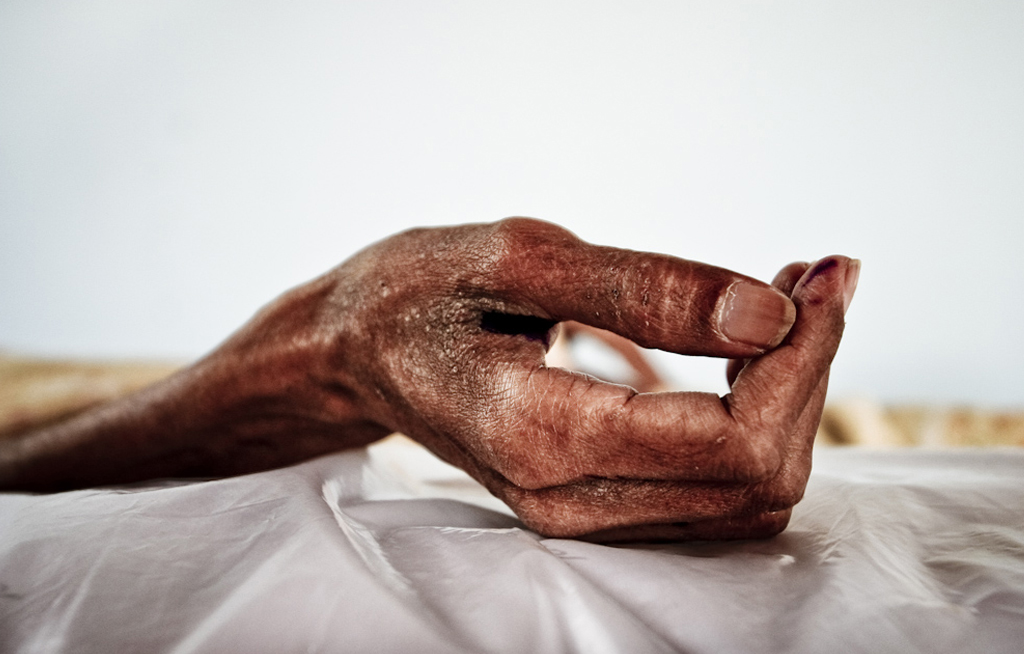
AIDS is the last stage of HIV. Evidence suggests that most people with HIV who are not treated will develop AIDS within ten years.
At this point, the body is susceptible to a wide range of infections and cannot effectively fight them. Medical intervention is necessary to treat AIDS-related illnesses or complications that could otherwise be fatal. Without treatment, doctors estimate the average survival rate to be 3 years after AIDS diagnosis. Depending on the severity of the patient's condition, life expectancy may be even lower.
The key to living a full life with HIV is to regularly visit your doctor and conscientiously take the prescribed treatment. New or worsening symptoms are a good reason to visit a health care provider immediately.
